Projects to convert Bandar Abbas Oil Refinery into Petro-Refining complex
Bandar Abbas Oil Refinery in Hormozgan Province has launched development plans to turn into a Petro-Refinery, one of which is to become a major petroleum coke producer, the managing director of the refinery said.
“The construction of 15 new processing units, estimated to cost $2.5 billion, has started in the refining complex and is expected to become operational in two years,” Hashem Namvar was also quoted as saying by the Oil Ministry’s news portal Shana.
The project will help reduce the amount of sulfur in mazut from 3.5% to less than 0.5% and convert it to higher value-added products, including sponge coke that is the typical grade of petroleum coke used in steel production, he added.
Sponge Coke Production in Bandar Abbas Oil Refinery
Namvar noted that the initiative is being carried out with the help of the Research Institute of Petroleum Industry that has indigenized the knowhow of petcoke production for the first time in Iran.
“The country is currently dependent on coke imports. The completion of the project will help the complex produce 400,000 tons of sponge coke, which is higher than Iran’s industrial needs and the surplus will be exported to generate $400 million in revenues,” he added.
The petroleum coke unit will help save $1.2 billion that would otherwise be spent on importing the product.
Petroleum coke is a final carbon-rich solid material that derives from oil refining. There are at least four types of petroleum coke, namely needle coke, sponge coke, honeycomb coke and shot coke.
Sponge coke is used as solid fuel for manufacturing anodes for aluminum production, if its sulfur and metal concentrations are sufficiently low.
Bandar Abbas Oil Refinery products
Bandar Abbas Oil Refinery is the third largest refining complex in Iran, accounting for 20%, 34% and 19% of the country total output of gasoline, diesel and mazut respectively. Its feedstock includes heavy crude plus condensates.
The refinery largely caters to domestic demand and some of its output is exported.
It produces byproducts such as liquid gas, lead-free premium gasoline, jet fuel, white oil, variety of solvents, diesel, raw material for grease, fuel oil, kerosene, asphalt and sulfur.
The refinery, located off the Persian Gulf, is a subsidiary of the National Iranian Oil Refining and Distribution Company and accounts for 18% of the total domestic petroleum products.
According to the official, the facility has increased its output capacity by 51% in recent years.
“The capacity of the refinery in Bandar Abbas County has increased from 232,000 barrels per day in previous years to 352,000 bpd at present,” he said.
Namvar also said the refinery has been indigenizing various parts and equipment used in different units and so far, 25,000 items have been localized, helping save $10 million.
Petro-refineries integrate refining operations with petrochemicals to produce both fuels and raw materials for petrochemical companies. Such plants have boosted the profitability and development of petro-refineries in developed countries.
Kangan Petro-Refining Company
Kangan Petro-Refining Company in Bushehr Province will complete its value chain with the completion of six development projects by 2025, Hamid Qaderi, the head of the company, said.
“A utility unit will become operational next year. Two high-density polyethylene [HDPE] units, an HDPE/linear low-density polyethylene [LDPE] unit, an olefin unit and a propane dehydrogenation [PDH]/polypropylene [PP] unit will be put into operation in about two years,” he said.
“The olefin unit has a capacity of 1 million tons of products. The HDPE units have a capacity of 300,000 tons each. The HDPE/LDPE unit also has a capacity of 300,000 tons. And the PDH/PP unit has a capacity of 450,000 tons.”
Qaderi noted that the units will lead to the completion of the value chain of products in the petro-refinery.
Kangan Petro-Refining Company was launched in 2021. The natural gas liquid recovery plant seeks to underpin the sustainable supply of feedstock to petrochemical plants in the region.
Built on a 65-hectare plot, the project has created jobs for more than 1,000 people in the southern province.
The processing facility has an annual production capacity of 3.75 million tons of NGLs and assists the development of downstream petrochemical sector.
NGLs are a group of hydrocarbons, including pentane, ethane, propane and butane. These are differentiated from one another by the number of carbon atoms in their molecular chain. They have a wide variety of applications ranging from specialized fuels (e.g., propane, butane) to petrochemical feedstock for making plastic and fertilizers.
Published: Apr 18, 2023
If you want to order petroleum, petrochemical and chemical products from Iran, please do not hesitate to send Iran Petroleum an email.

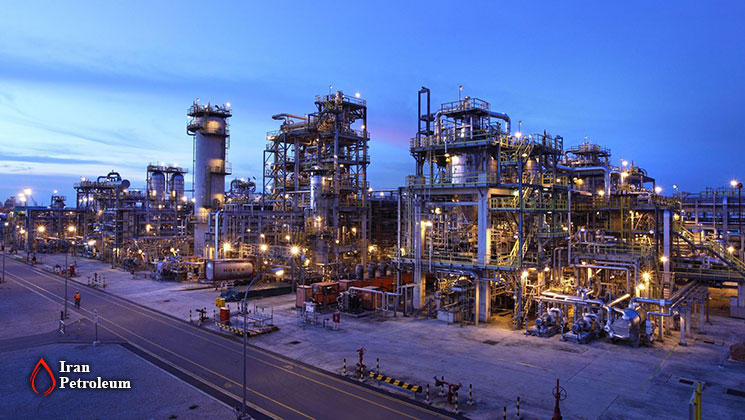
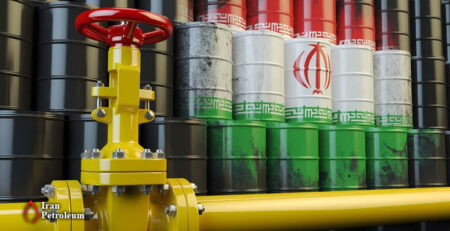
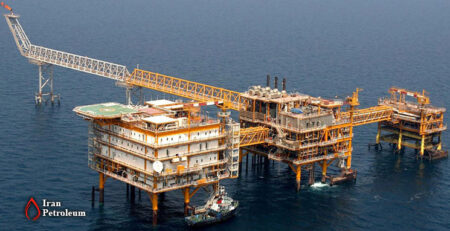
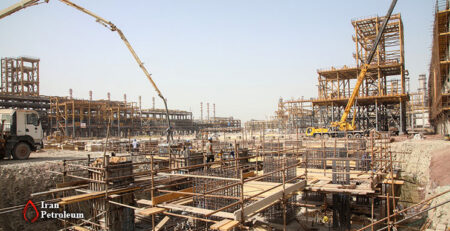
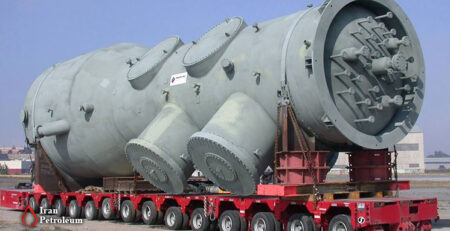
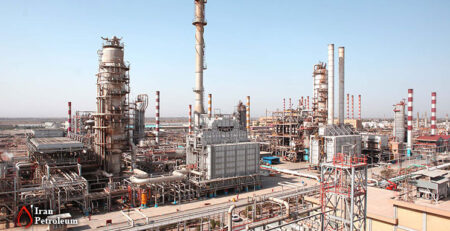
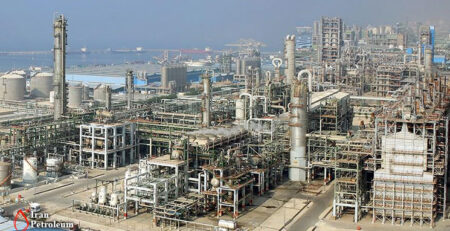
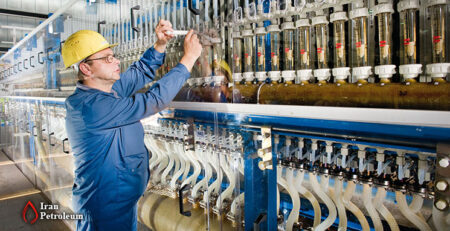
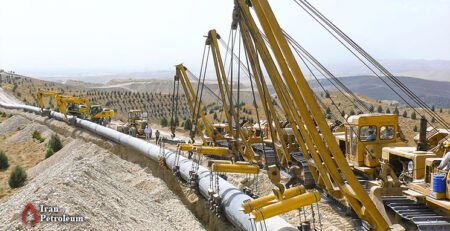
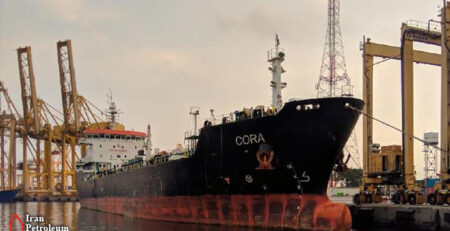
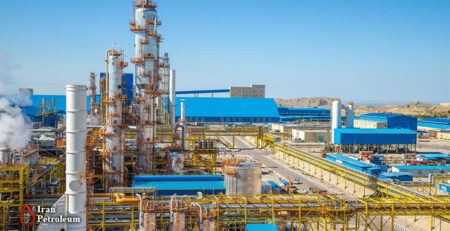
Leave a Reply